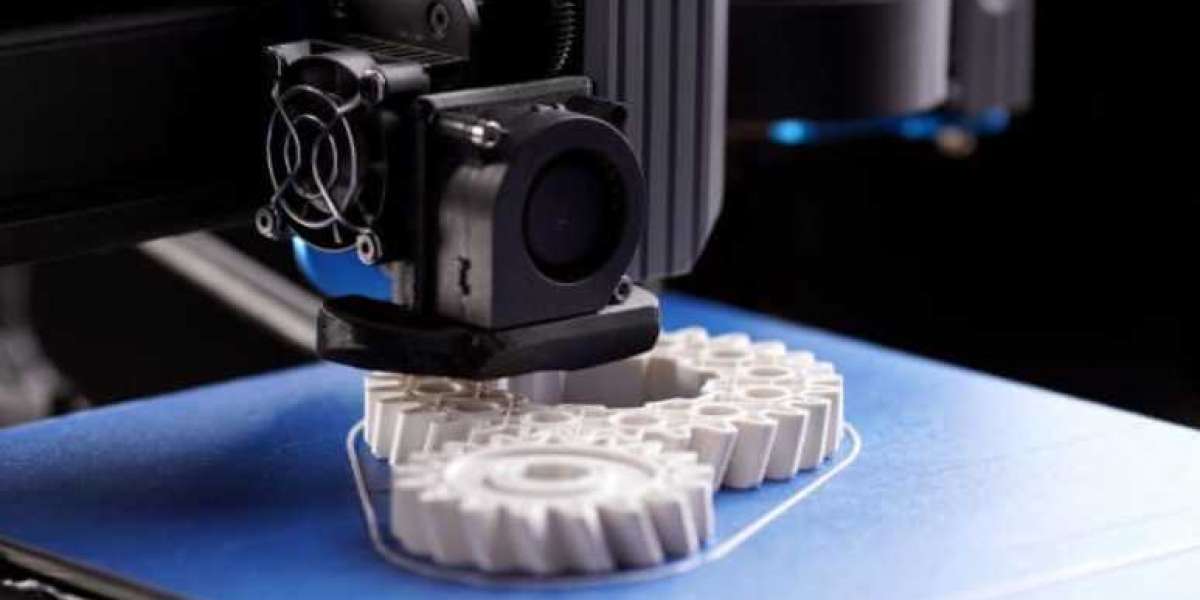Unlocking the Secrets of Mitsubishi PLC Control Systems: What You Need to Know!
In the world of industrial automation, Programmable Logic Controllers (PLCs) have become the backbone of modern control systems. They are integral to managing and automating complex processes, ensuring efficiency and reliability in manufacturing and other sectors. Among the various PLCs available in the market, Mitsubishi PLCs stand out due to their robust performance and versatility. This article aims to demystify what a Mitsubishi PLC control system is, explore its key components, and shed light on how it operates, providing readers with a comprehensive understanding of this essential technology.

Understanding PLCs and Their Importance
Programmable Logic Controllers, or PLCs, are digital computers designed for the control of manufacturing processes, such as assembly lines, machinery, and other automated systems. They are programmed to perform a variety of tasks that involve monitoring inputs, making decisions based on the programmed instructions, and controlling outputs. The significance of PLCs in industrial processes cannot be overstated; they enhance efficiency, reduce human error, and provide flexibility in operations. Unlike traditional relay-based control systems, PLCs offer the ability to easily reprogram and modify, making them adaptable to changing operational needs. Moreover, PLCs can integrate seamlessly with other automation technologies, forming a cohesive system that optimizes production and minimizes downtime.
Components of a Mitsubishi PLC Control System
A Mitsubishi PLC control system comprises several essential components that work together to ensure effective operation. The central processing unit (CPU) is the brain of the system, executing control instructions and processing data. It receives inputs from various sensors, processes this information according to the programmed logic, and sends commands to the output devices. The input/output (I/O) modules are critical as they facilitate communication between the CPU and the external devices, allowing the PLC to interact with the physical world. These modules can be digital or analog, depending on the nature of the signals being processed. Additionally, a stable power supply is vital for the uninterrupted functioning of the PLC, ensuring that all components operate smoothly. Finally, programming software is used to create and modify the control logic, enabling users to customize the PLC’s operation according to specific requirements. Each component, from the CPU to the I/O modules, plays a pivotal role in the overall functionality of the Mitsubishi PLC control system.
How Mitsubishi PLC Control Systems Function
The operational process of a Mitsubishi PLC control system involves several steps: data input, processing, and output. Initially, the PLC receives input signals from various devices such as sensors, switches, and other input devices. These inputs can represent a wide range of data, from simple ON/OFF signals to complex analog measurements. Once the inputs are received, the CPU processes this data according to the pre-defined logic programmed into the system. This logic is often structured in the form of ladder diagrams or function block diagrams, which are user-friendly and visually represent the control strategy. After processing the inputs, the PLC generates output signals to control actuators, motors, or other mechanisms, effectively executing the desired action. The beauty of Mitsubishi PLCs lies in their ability to handle complex logic sequences and real-time data processing, making them ideal for dynamic industrial environments. The programming and logic sequences can be easily updated, allowing for quick adjustments to production processes without significant downtime.
Applications of Mitsubishi PLC Control Systems
Mitsubishi PLC control systems are utilized across various industries, showcasing their versatility and effectiveness in automation. In manufacturing, these PLCs control assembly lines, manage conveyor systems, and optimize production workflows. The robotics sector also benefits from Mitsubishi PLCs, which are used to program and control robotic arms for precision tasks such as welding or painting. Additionally, in process automation, Mitsubishi PLCs play a crucial role in managing chemical processes, water treatment facilities, and energy distribution systems. The advantages of using Mitsubishi PLCs in these applications include increased efficiency, reduced operational costs, and enhanced safety measures. For instance, in a friend's manufacturing plant, the implementation of a Mitsubishi PLC led to a significant reduction in production errors and improved overall workflow, demonstrating the real-world benefits of this technology.
Summary of Mitsubishi PLC Control Systems
In summary, understanding Mitsubishi PLC control systems is essential for anyone involved in industrial automation. These systems not only enhance efficiency and reliability but also offer flexibility in adapting to changing operational requirements. By exploring the components and functions of Mitsubishi PLCs, one can appreciate their role in modern manufacturing and automation processes. As technology continues to evolve, further exploration and learning about PLC technology will undoubtedly yield valuable insights and advancements in the industry.








